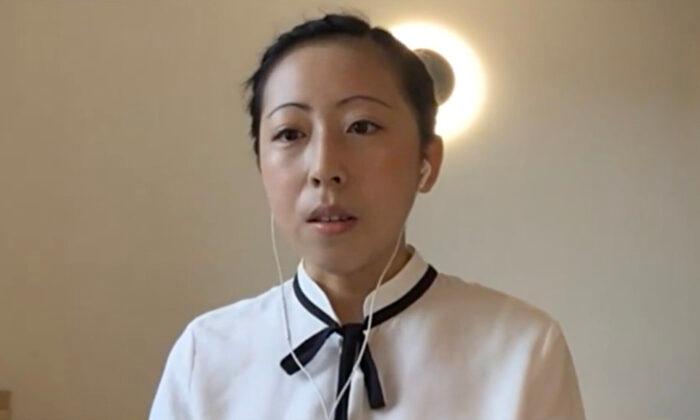A chemical found in McDonald’s fries could cure baldness, new research suggests.
Japanese scientists claim they have found a “simple method” to regrow hair on bald mice, using dimethylpolysiloxane, which is used in the fast-food giant’s cooking oil. Dimethylpolysiloxane is found in silicone, which is added to cooking oil to prevent it from foaming.
While the tests were on mice, scientists believe that the preliminary tests will be as effective on humans too.
The development came after a research team from Yokohama National University managed to mass produce “hair follicle germs” (HFGs), that fuel hair growth, in the lab.
They said the use of the cooking aid in the tests was a crucial element for the breakthrough, because it allows oxygen to pass through it easily.
After transplanting the chips containing HFGs to the mice, scientists found black hair growing on their backs within days. The cells had separated from each other, displaying typical HFG features.
“We demonstrated that the integrity of the oxygen supply through the bottom of the silicone chip was crucial to enabling both ssHFG formation and subsequent hair shaft generation,” said professor Junji Fukuda.
“This simple ssHFG preparation approach is a promising strategy for improving current hair-regenerative medicine techniques,” he revealed in the study.

“This simple method is very robust and promising. We hope this technique will improve human hair regenerative therapy to treat hair loss such as androgenic alopecia (male pattern baldness). In fact, we have preliminary data that suggests human HFG formation using human keratinocytes and dermal papilla cells,” he said.





